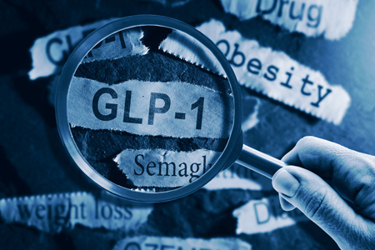Development Of Separation Methods for GLP-1 Synthetic Peptides
By Adam Bengtson, Paul Rainville, and Brianna Clements, Waters Corporation

Peptides are increasingly recognized as promising candidates for novel therapeutics due to their high specificity and low immunogenicity, which make them particularly suitable for targeted treatments with minimal immune response. One of the key advantages of peptides lies in their synthetic production through solid-phase peptide synthesis (SPPS), a method that offers precise control over the manufacturing process. This technique not only ensures consistent quality but also results in predictable impurity profiles and relatively low production costs, making it an attractive option for pharmaceutical development.
A notable example of synthetic peptide drugs gaining traction is the class of Glucagon-Like Peptide-1 (GLP-1) receptor agonists. These compounds are widely prescribed for the treatment and management of type 2 diabetes due to their ability to enhance insulin secretion and regulate blood glucose levels. More recently, GLP-1 drugs such as semaglutide have surged in popularity as effective treatments for weight management, following strong outcomes in clinical trials. As the use of GLP-1s becomes more prevalent, ensuring the quality and consistency of these medications is critical. This necessitates the development of robust analytical methods that are versatile, sensitive, and reproducible.
To address this need, a single high-performance liquid chromatography method coupled with UV and mass spectrometry detection (HPLC-UV/MS) was developed for the comprehensive analysis of various GLP-1 compounds.
Get unlimited access to:
Enter your credentials below to log in. Not yet a member of Bioprocess Online? Subscribe today.
